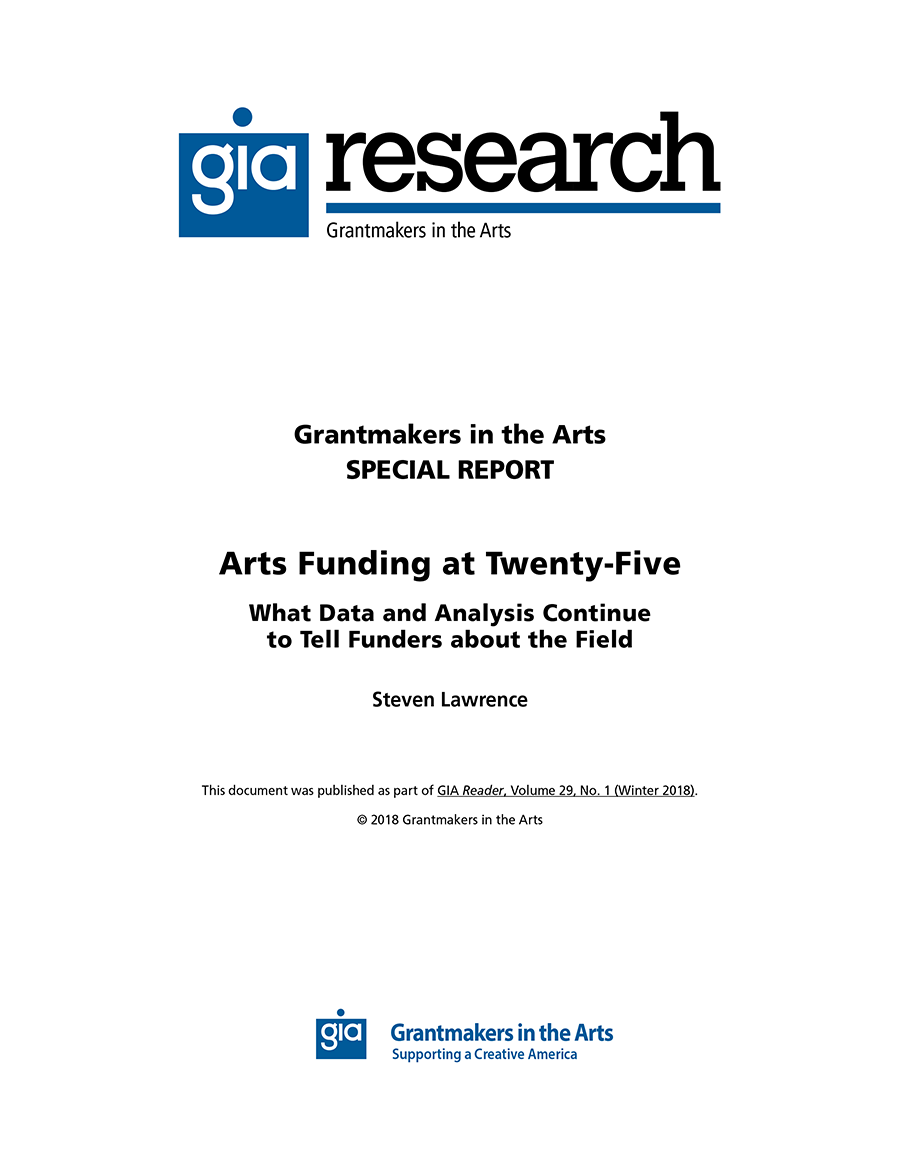Community Foundation
Community Foundation
Setting the Stage
With a population of over 2.3 million and one-in-four residents being foreign-born, Houston is the most ethnically diverse metro area in the nation. The city’s arts programs and cultural offerings are robust in number and breadth, and its vibrancy unfolds along the numerous bayous and highways. Most years see 11 to 16 million visitors traveling to the city for arts and cultural events. Houston’s nonprofit arts and culture sector, a $1.1 billion industry, employs more than 25,000 people.
Read More...“Every system is perfectly designed to get the result it gets.”
— W. Edwards Deming (possibly apocryphal)
Cultural equity is critical to the arts and culture sector’s long-term viability, as well as to the ability of the arts to contribute to healthy, vibrant, equitable communities for all. At the core of the challenges related to cultural equity are the historically inequitable distribution of resources and the value systems, biases, and systemic barriers associated with that distribution.
Read More...Adults age sixty-five and above are currently the fastest-growing segment of the US population. In 2016, there were 47.8 million individuals age sixty-five and over in the United States (US Census Bureau 2017), and this number is expected to more than double by 2060. By 2040, nearly half of older adults are expected to come from diverse racial/ethnic and socioeconomic backgrounds (Vincent and Velkoff 2010; Johnson, Rodriquez-Salazar, et al. 2018). San Francisco’s population of older adults is higher than the national norm.
Read More...Today, Regina’s Door in Oakland serves as a healing artistic space for survivors of sex trafficking, as well as a launching pad for theatrical productions featuring the stories and performances of survivors. Its start came in 2014, when Regina Evans decided she needed to do something to help her community. “We have young girls being brutalized every day. In Oakland trafficking is very hidden, but if you go down International Boulevard, you also see very young girls — twelve, thirteen, fourteen years old, and you know they’re being raped,” she said.
Read More...The arts and culture sector continues to have conversations on multiple levels about how to advance the causes of equity, inclusion, and diversity. The discussion is not new, but the momentum toward implementing clear action steps is building. A new level of understanding of the ways in which racial and social inequities are the result of complex systemic issues has given rise to a realization that the path to truly effective solutions will require deep, and deeply challenging, institutional change.
Read More...As arts funders, we know that extensive research has shown that the presence of arts and culture activities at the neighborhood level can improve health and safety and promote a sense of well-being among residents. But how do we identify what activities already exist in a community and, as important, where there are gaps so we can be proactive in advancing a community’s livability?
Read More...Download:
![]() Arts Funding at Twenty-Five (318Kb)
Arts Funding at Twenty-Five (318Kb)
Introduction
The easy convenience of typing a few key words into a search box and promptly being immersed in data can make one forget that this capability has existed for a remarkably short period of time. Just twenty-five years ago — a point in time well within the recollection of most members of the arts and culture sector — Stanley N. Katz, then president of the American Council of Learned Societies, observed, “the serious study of arts philanthropy is less than a generation old, and we are just beginning the sorts of data collection and analysis…we need to make sound judgments about the field.”1
Read More...Two years ago, I had breakfast with a colleague — very nice guy who has helped build the social, or “impact,” investing sector. I shared my ideas about how to connect impact investing with the arts.
To him, investing in the arts meant buying a Picasso or a Van Gogh, collecting art objects. He agreed there was a market for fine art. But impact investing in the arts? He was dead against it.
Read More...As a new administration enters our nation’s White House, it is timely to reflect on the way that private philanthropy and public foundations joined forces to step into the gap when federal funding for the arts was dramatically reduced in the early 1990s.
Read More...
